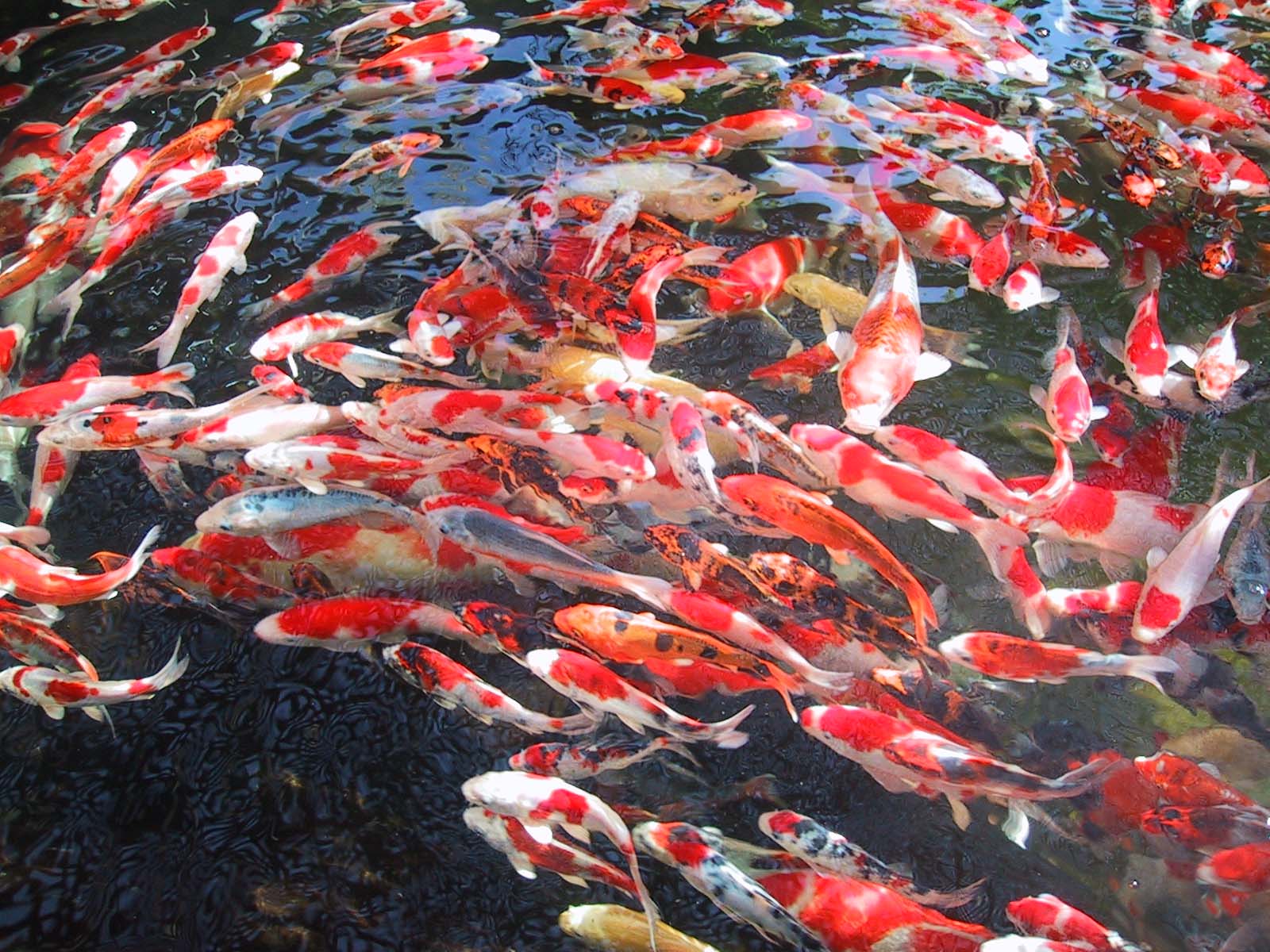
The Ultimate Guide: How to Raise pH in a Koi Pond for Clear Water and Healthy Fish
Introduction
Koi ponds are among the most beautiful features to add in any outdoor space. However, as a koi fish owner, you know that taking care of a koi pond is a bit challenging, especially when it comes to maintaining the ideal pH level. Getting the ideal pH level between 7.0 and 8.0 in a koi pond is critical as it affects the overall health and well-being of the fish. In this article, we will guide you through the best methods on how to raise the pH level in a koi pond.
Understanding pH Level in a Koi Pond
Before we dive into the details on how to adjust the pH level, let’s understand what it is and why it is essential for koi fish. pH is a measure of the pond water’s acidity or alkalinity and affects the fish’s ability to breathe comfortably, digest food, and fight off diseases. Lower pH levels can cause health problems for the fish, and in extreme cases, it could kill them.
Factors Affecting pH Level in Pond Water
The pH level in your pond water may fluctuate for several reasons, including high organic waste levels, the amount of rainwater or evaporation, water source, and other environmental factors. It is crucial to test the pH level of your pond water regularly and monitor changes to keep the water in optimal condition for your koi fish.
How to Test the pH Level in a Koi Pond
Testing the pH levels in your koi pond is simple. You can use a pH test kit from any pet store or online. Follow the instructions provided on the kit and test the pH level at least once per week. The ideal pH range in a koi pond is between 7.0 and 8.0. If the pH level falls below 7.0, you need to raise it as quickly as possible.
How to Raise pH in a Koi Pond
There are several ways to raise the pH level in your koi pond. Here are some of the most effective methods:
1. Add Baking Soda to The Pond Water
Baking soda is a quick and easy solution to raise the pH level in your koi pond. Simply mix half a cup of baking soda into five gallons of water before pouring the solution near the pond edges. This method works best for small ponds and smaller pH level differences.
2. Add Limestone to The Pond
Limestone is another effective method for raising the pH level in your koi pond. Limestone contains natural alkaline substances that help to raise the pH level without harming the fish. Simply place a few limestone rocks in your pond or add a limestone powder-based product. Limestone is a slower-acting solution, but it’s ideal for larger ponds and pH level differences.

3. Use pH Stabilizers
pH stabilizers are generally chemical-based solutions designed to raise the pH level in your koi pond by neutralizing excess acids in the water. It’s essential to follow the instructions provided when using pH stabilizers to avoid harming the fish. This solution is ideal for immediate pH level adjustments and for ponds with an extreme drop in pH levels.
4. Add Plants to The Pond
Adding aquatic plants to your koi pond not only enhances the pond’s overall aesthetic but also helps to raise the pH level. Plants act as natural pH balancers by absorbing excess carbon dioxide and other acidic compounds in the water that cause low pH levels. However, it’s essential to choose plants that are compatible with koi fish and avoid adding too many plants to avoid overcrowding.

Conclusion
Maintaining the optimal pH level in your koi pond is critical for the health and well-being of your fish. Testing the pond water and monitoring its pH level regularly is essential to identify changes and make necessary adjustments. By following the methods provided in this article, you can raise the pH level in your koi pond effectively and safely. Always choose a method that works best for your pond size, pH level differences, and overall water chemistry.